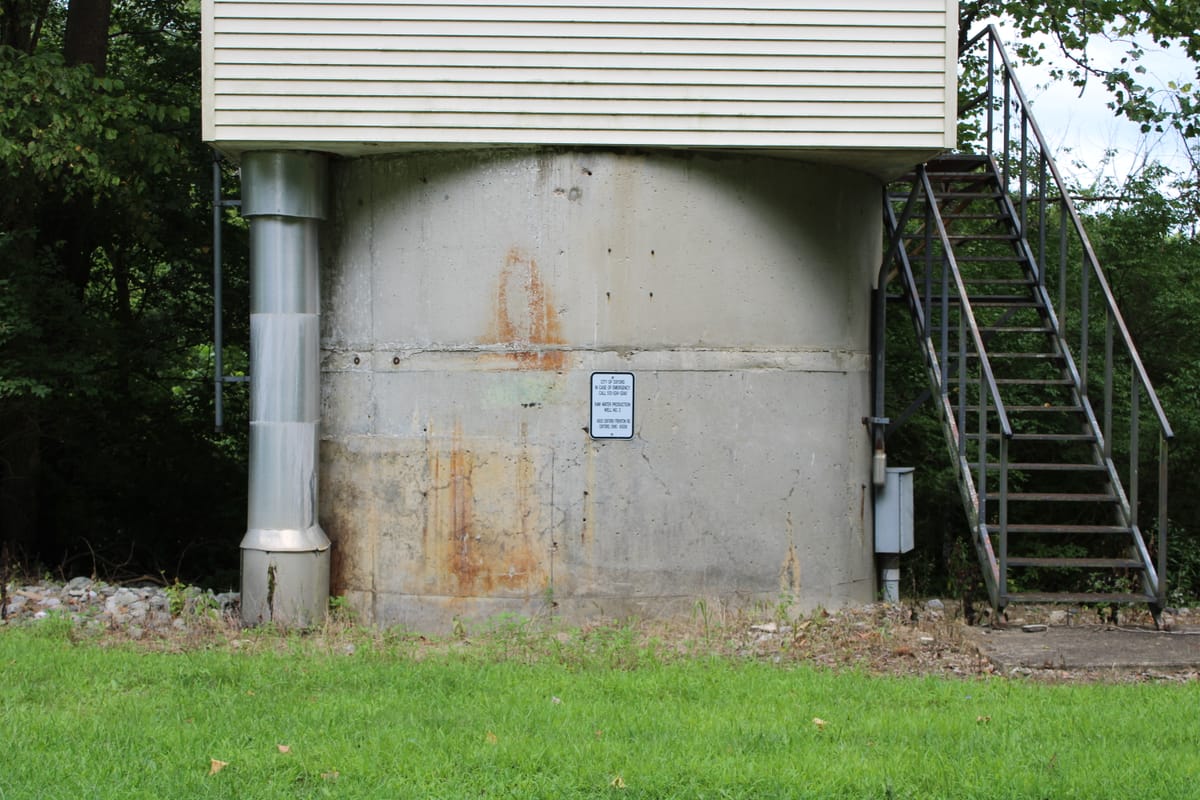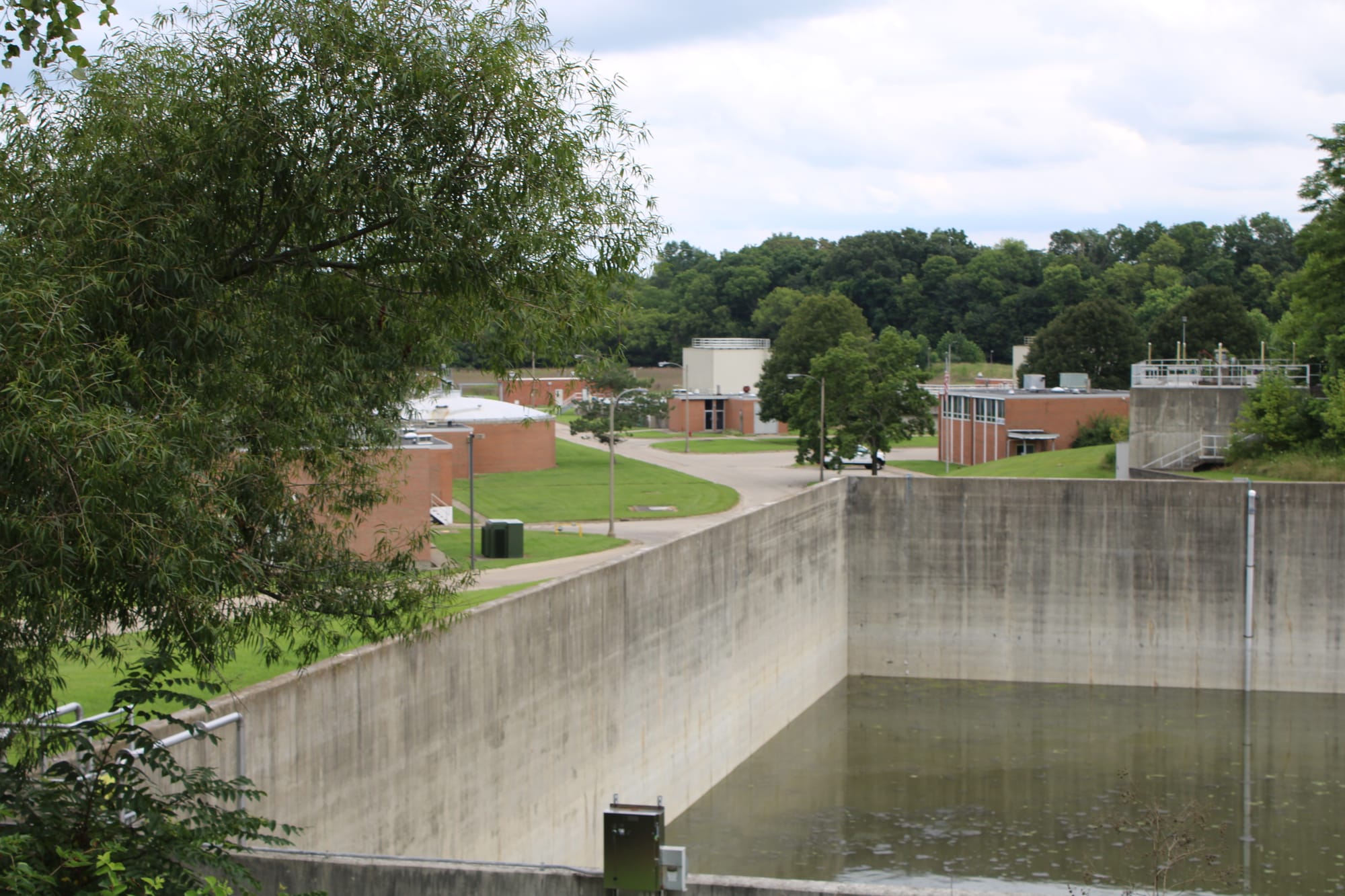Oxford to receive money in PFAS contamination settlement
Oxford will be reimbursed for all costs associated with testing its water for harmful PFAS chemicals thanks to a class action settlement against 3M. The lawyer who exposed the dangers of PFAS is set to speak at Miami University later this year.

Oxford is set to receive money from a $10.5-12.5 billion class action settlement against a chemical manufacturer for harmful chemical contamination.
3M, a Fortune 500 chemical company, agreed to a settlement for public water drinking systems found to have been contaminated with PFAS, a set of chemicals used in firefighting foam, water-repellent clothing, carpeting and a host of other consumer products. The settlement ties in to a similar agreement with DuPont, which is also taking in claims submissions.
Jim Vinch, a senior attorney for the federal EPA and a visiting faculty member at Miami University, has spent 20 years focusing on water law with the EPA. While he can’t speak on behalf of the department, he said the federal government usually gets involved with environmental litigations from an enforcement perspective. The current settlements are private litigations, he said.
PFAS chemicals present a unique danger to people and the environment because they can’t break down naturally, Vinch said.
“It’s like a forever chemical; it literally lasts in the environment forever,” Vinch said. “The problem with that is that people and animals come in contact with it, and they absorb it. If it’s in the environment forever, people are continuing to absorb this chemical, and it builds up in your body. Your body doesn’t get rid of it either.”
Based on the terms of the settlement, Oxford is eligible to be reimbursed for costs related to testing its drinking water supply for PFAS. Service Director Mike Dreisbach said he and Doug Elliott, the city manager, met with attorneys from Stag-Liuzza, a New Orleans-based law firm, to discuss the details of the settlement.
Oxford’s drinking water comes from two main well fields, Dreisbach said: Four Mile Valley and Seven Mile. The city has tested both well fields for PFAS chemicals, and while Dreisbach said it hasn’t been able to duplicate positive results at the Four Mile well field, it has gotten consistent hits in its Seven Mile field.
The Seven Mile well field is close to the railroad and SR-127. Dreisbach said that could be a contributing factor in why the city is finding more evidence of PFAS in the groundwater there than at the other site because accidents involving trucks and trains could lead to contamination.
“[Sampling] confirms very low risk for the local well field,” Dreisbach said, “but some confirmed hits at Seven Mile.”
Testing by MASI Laboratories in May 2024 confirmed the presence of several PFAS chemicals in some samples, but none of the samples surpassed the regulatory limit.
So far, the city has spent roughly $6,000 on sampling for PFAS. Dreisbach said Oxford will be fully reimbursed for those costs as part of the current settlement. He expects to receive additional reimbursements and money for damages caused by PFAS, but there is no current estimate for what Oxford will receive in total from the settlement.
Water softening project could help mitigate effects on people

One of Oxford’s costliest planned development projects, an $18.9 million water softening project, will include a feature designed to remove PFAS contaminants from drinking water.
The city has received a $2.1 million emergency contaminant grant from the Ohio EPA to cover some of the costs associated with the water softening project. Dreisbach said the softening project will incorporate a membrane filtration system capable of removing contaminants like PFAS from drinking water.
“That’s exactly why we chose this technology for the softening, so it’s a dual benefit,” Dreisbach said. “We can soften our notoriously hard water and have the capability of removing these emerging contaminants.”
Other settlements likely to impact Oxford are in the approval stages. One settlement with Tyco is set for a final approval hearing in early November, while another settlement with BASF which will impact “any public water system … that detected PFAS in its drinking water sources” by May 15 of this year has been agreed to but still needs court approval.
Settlements against chemical companies can take decades, Vinch said, especially for class action lawsuits involving thousands of plaintiffs. The 3M settlement will continue to pay out to public water systems through 2036.
While the current settlements represent progress, Vinch said, it may be too little, too late. Until recently, the EPA’s current regulatory structure puts the burden of proof on the government to demonstrate that chemicals are unsafe, rather than on companies to prove that chemicals are safe.
Because of that structure, Vinch said the country has had to catch up to harmful chemicals after they’ve already been mass-produced, sometimes for decades. However, an amendment to the Toxic Substances Control Act several years ago put some of the burden back on private companies to prove that their chemicals are safe for use, Vinch said.
“It’s already been too long,” Vinch said. “The stuff has been manufactured since the 1950s. It’s been in the environment since the ’50s. It’s like we’re all sort of stewing here, so I think it’s way past time to do something about it.”
Lawyer who discovered dangers of PFAS to visit Miami
The lawyer at the heart of the story of PFAS contaminants is set to speak at Miami this fall, Vinch said.
Rob Bilott, an environmental lawyer, first uncovered the dangerous impact of PFAS chemicals in 1998 after a farmer from West Virginia came to him to share that his cows were getting sick and dying at an alarming rate. Bilott discovered that chemical manufacturer DuPont was sending waste including PFAS chemicals to a landfill near the farmer’s property, and contaminated water from the landfill then seeped into a nearby stream.
The discovery led to a two-decade legal battle with DuPont, and Time Magazine writes that the lawsuits related to PFAS could continue for decades more and eclipse the big tobacco settlement of the 1990s, which totaled more than $200 billion.
Bilott’s story was later told in “Dark Waters,” an environmental biopic starring Mark Ruffalo which was released in 2019.
Vinch said Bilott is visiting Miami on Sept. 11 as part of the university’s Willeke lecture series. Each year, the university’s Institute for Environment and Sustainability brings in a speaker to discuss their work related to the climate and environment. Last year’s Willeke lecturer was Jonathan Foley, executive director of climate solution database Project Drawdown.
The specific details of Bilott’s visit will be announced in the coming weeks, Vinch said. The lecture will be held at 5:30 p.m. in Armstrong Student Center.




